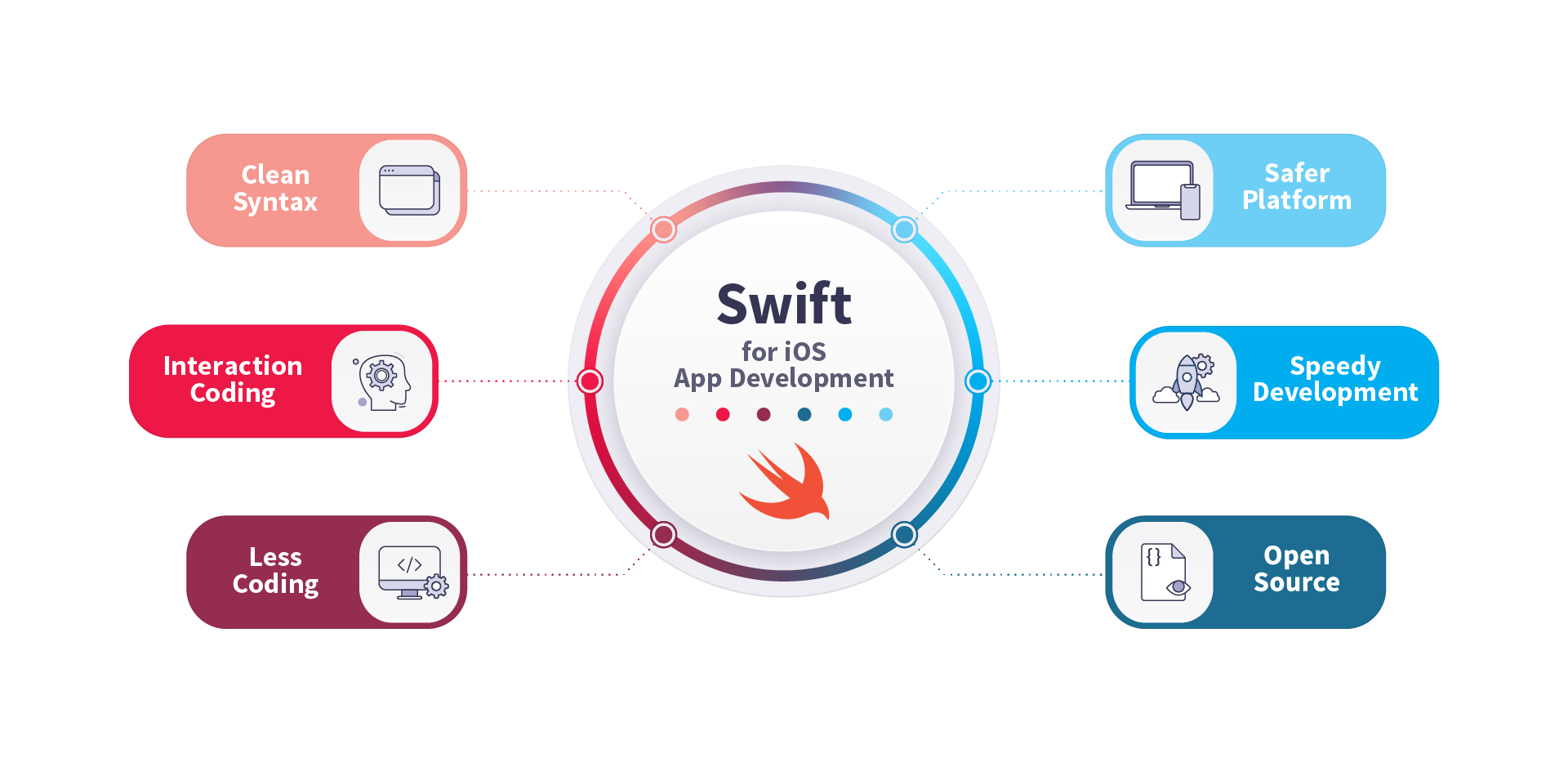
Objective c vs swift share worldwide code#
Leveraging Swift code from Objective-C is also possible, but it takes a little more work to set up.įirst, open your project build settings and make sure the following are true: If you’re interested in using Swift with plain C libraries, Matt Behrens wrote a very thorough Spin post detailing that process. All you need to do is add references to Objective-C header files, and you can begin using them in Swift. This file is used for importing Objective-C classes into Swift-land. The first time you add a Swift source file to your project, Xcode will ask if you want to add a Bridging-Header file to your project. Swift to Objective-CĪs I mentioned earlier, part of my experiment was to see if I could use classes defined in Objective-C from Swift code. Make sure that you have the latest versions of these tools before you start using Carthage.įor more information on setting up and using Carthage, turn to the project Readme file on Github. It uses these for fetching and building dependancies. IMPORTANT: Carthage basically knows two things: Git and Xcodebuild.

Drag the framework file(s) to the ‘Embedded Binaries’ section of your project configuration, and you’re all set.Run `carthage update` to fetch the source files and build them, placing the output frameworks in the Carthage/build directory.Github "ReactiveCocoa/ReactiveCocoa" "v3.0-beta.1" Add a Cartfile to your project root and tell Carthage where the repositories are located.Adding Dependencies with CarthageĪdding dependencies to your project with Carthage is very straightforward. That being said, it would obviously be ideal to use only a single dependency management tool if possible. It is left up to you, the developer, to take the compiled frameworks and embed them into your project as needed.īecause of this difference in philosophy and functionality, there should be no problem using both at the same time. Carthage simply pulls down dependancies (using Git) and builds them into embeddable binary frameworks. Unlike CocoaPods, which reaches in and modifies your project files to include the paths to your dependancies, Carthage intentionally keeps its hands out of your project files. Not knowing much about Carthage, one of the first questions that I had was whether it could be used alongside CocoaPods. ReactiveCocoa, along with many other open-source projects, has shifted to officially supporting Carthage, rather than CocoaPods, for dependency management. In my app, I wanted to try using the latest version of ReactiveCocoa, which has been recently rewritten in Swift.


Having heard that it’s possible to mix the two languages within a single project, I set out to see how difficult that would be. Here are a few things I learned throughout the process. Rather than starting a completely new project using only Swift, I thought it would be an interesting challenge to start with some Objective-C and try converting a class or two to Swift. I know I’m a little late to the game, but I just recently started playing around with Swift, Apple’s new flagship language for developing apps for iOS, OS X and Apple Watch.


 0 kommentar(er)
0 kommentar(er)
